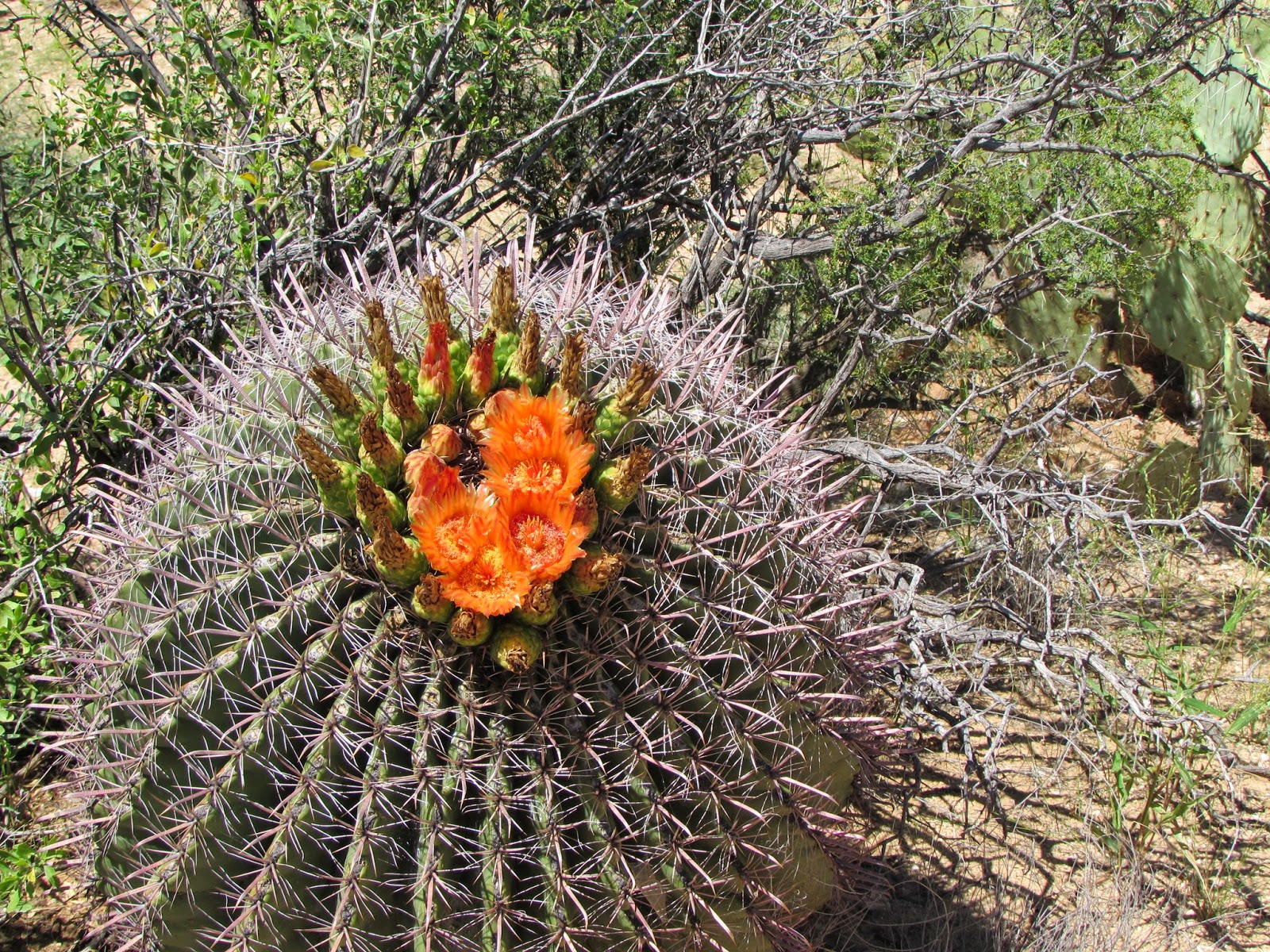It's a hard rock life
As term-time is approaching, more and more MGeol students are appearing around the department eager to get ahead of the game. An MGeol project is a compulsory research module where students are fully responsible to complete independently and is worked on alongside the usual studies and commitments that comes with an academic year.
When entering my third year of studies and the shortlist of projects were published, there wasn’t a project that took my fancy. Speaking to previous fourth-year students, they advised to pick a project that I knew I would enjoy. If I loved what I was doing, I’d be happier putting all my time and effort into the project and it being successful. The only thing I was certain about, was that I wanted to undertake fieldwork as part of my project as that aspect of geology is my favourite. That’s when I started emailing lecturers, speaking to professionals in industry and asking for their advice.
Little did I know, I would be collecting my data whilst I was studying abroad in Arizona. Just before I flew home, I spent 8 days core logging at Ray Mine, located in Hayden, Arizona. For those of you who may need a bit more clarification, a rig in the mine drills to great depths in the pit and is able to bring up a long cylindrical sample containing all the rock units it has drilled through. Hopefully my photos will explain it a tad better. This enables us to see and examine closely what rocks are beneath our feet. This is really important in my project, as it enables me to look at the rocks that make up the area, and the minerals that the rocks are composed of and ultimately decipher the copper zones.
The core shed that I got to work in for 8 days is the most modern in the US. Before the air-con and bright white walls, people used to stand from 8am to 4pm logging core outside in the Arizona sun… I would have died. Thinking about my time in Arizona, my 15 minute walk to and fro university was enough sun some days, let alone working in the sun and 40 degree heat for 8 hours.
Many of the workers lived in the nearby cities, and when I say nearby, I mean a 2 hour ride away. Americans consider that near. This meant early mornings, waking up around 4:30am, being picked up at 5am, to arrive at the core shed for 7:30am ahead of the 8am team meeting. Most evenings after work consisted of drinks with co-workers, which meant I normally was home by 8pm just in time for bed. One thing for sure, I definitely started drinking coffee like an American.
Four weeks later and my samples made it safely into the department in the UK. Praying they wouldn’t be disintegrated to dust from the flight, I eagerly opened the four boxes to reveal the exact condition I left them in on the other side of the world – fantastic news!
My project is geochemistry based around supergene enrichment. This is a natural process that occurs near the oxygenated surface. To put it simply, the rocks are weathered and elements become mobile via leaching solutions. When the solution reaches a redox boundary (where oxygen is no longer available), the solution is precipitated. Consequently the rock becomes enriched in new material such as copper minerals. Dependent on many other factors, it may even be mineable.
As I begin learning to use the fancy analytical machines now I’m home in Leicester, I’ll be back with an update as to how things are coming along!
Reblogged. Original post http://studentblogs.le.ac.uk/geology/2015/09/11/its-a-hard-rock-life/






Comments
Post a Comment